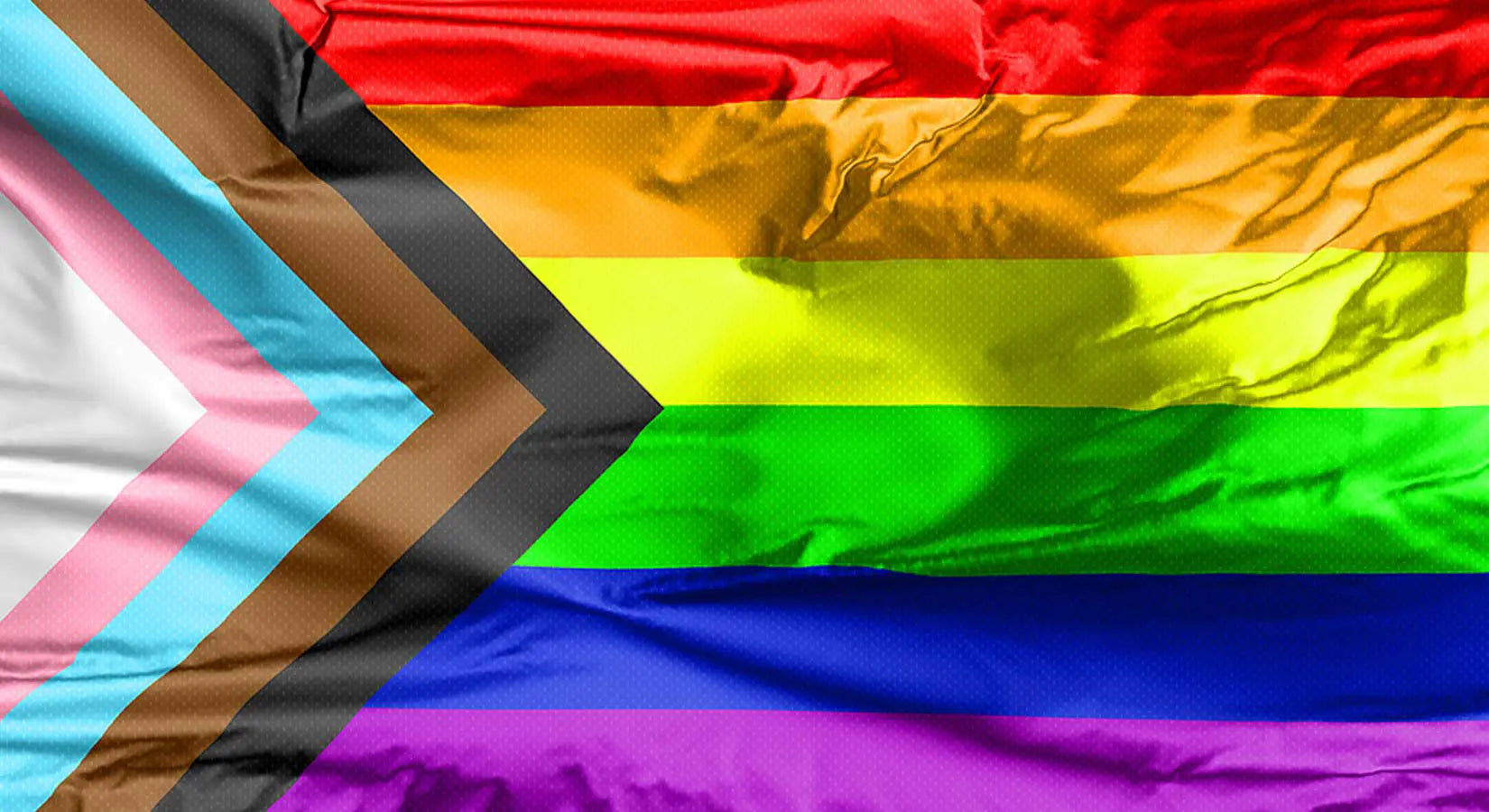Pride is all about celebrating the diverse identities that form the LGBTQ+ community, which uses many expressions to represent their community. We all know about the rainbow flag as it is one of the biggest representations of gay pride. However, there are many other flags with different colors that represent different sectors of this community.
Here is everything you need to know about the true colors of lesbian and gay people that go beyond the rainbow flag.
Person Of Color (POC) Rainbow Flag
The standard rainbow flag is a six-striped design. While there have been many variations of this flag, the most popular one was the POC rainbow flag. It includes people of color in the LGBTQ+ community by adding a brown and black stripe on top of the flag. The aim of this is to highlight issues of intersectionality and racism.
Lesbian Flags
From the labrys lesbian flag to the lipstick lesbian flag, many variations of the flags represent the lesbian community. The latest lesbian flag is five-striped and includes colors such as white, orange, pink, red, and dark rose. All colors represent something unique such as pink is used to represent peace and serenity.
Polysexual Flag
Polysexual sexuality is when a person is attracted to various genders. The flag has three stripes and colors. These include pink, which represents attraction to women, blue represents attraction to men, and green represents attraction to non-binary genders.
Bisexual Flag
The bisexual flag was first created in 1998, and the aim was to increase the visibility and representation of bisexuals in the community. The flag has three colors which include pink, deep lavender, and blue. Pink represents attraction towards the same sex (lesbian and gay).
Blue represents attraction toward the opposite sex (straight). The deep lavender color represents attraction towards both sexes (bi). The flag represents the fact that bi people blend into straight and gay and lesbian communities.
Pansexual Flag
This flag has three horizontal stripes of different colors. These include pink, blue, and yellow. The pink stripe represents women, the yellow stripe represents people of non-binary genders, and the blue stripe represents men.
Asexual Flag
The asexual flag has four horizontal stripes. These include grey, white, black, and purple. The white stripe represents sexuality, black represents asexuality, grey represents the grey area between asexuality and sexuality, and the purple stripe represents community.
Final Words
All these are different yet true colors of gay and lesbian people. These flags are an important representation because each color represents an aspect of sexual orientation or gender identity. They are used throughout pride month to spread awareness about the many identities and orientations out there.
As a supporter of the LGBTQ+ community, it is important to respect these flags and colors to enhance your knowledge of the activism. The more people know about these things, the closer we will come to creating a better and more inclusive world in the future.



Share:
Gay Pride Love Is Love
How LGBTQ+ Community Is Contributing To The World